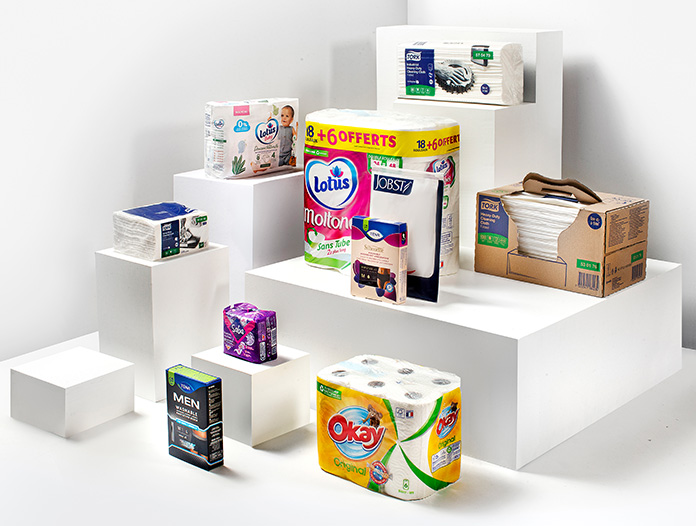Business model
Business model aimed at achieving profitable growth, sustainable value creation and increased well-being
Resources
- Financial capital
- Human capital
- Intellectual capital
- Manufactured capital
- Relationship capital
- Natural capital
Essity utilizes resources in the form of financial capital, where equity amounted to approximately SEK 69bn and net debt approximately SEK 55bn in 2021. Furthermore, human capital is used with approximately 46,000 employees and their expertise, skills and experience, and intellectual capital such as research and development, patents, licenses, innovation, systems and goodwill. Essity utilizes manufactured capital in the form of raw materials, facilities and infrastructure necessary for production, and relationship capital that includes Essity’s relationship with internal and external stakeholders with whom we share values, credibility and loyalty. Moreover, Essity uses natural capital in its operations, such as forest, energy and water.
and consumer
insights
The starting point for Essity’s operations is customer and consumer insights. Through knowledge about people’s daily needs and challenges, we create an offering that improves well-being and quality of life for people every day.
Constant innovation is crucial to steadily improve people’s hygiene, health and well-being and to contribute to a sustainable and circular society. Essity has a global unit that works with brands, innovation and sustainability with the support of innovation centers in France, China, Mexico, Sweden, Germany and the USA. Research and development (R&D) costs during the year amounted to approximately SEK 1.5bn, corresponding to about 1.2% of consolidated net sales.
In 2021, Essity purchased raw materials and consumables for approximately SEK 46bn. The main raw materials are pulp, recovered fiber and oil-based materials. Essity has around 90 production facilities worldwide. Work to increase efficiency at the facilities is a continuous process that includes digitalization and automation, with the aim to achieve a sustainable, efficient world-class production. Cost of goods sold amounted to approximately SEK 87bn, of which transport and distribution costs were approximately SEK 12bn. Essity subjects its suppliers to stringent demands and works throughout the supply chain to guarantee responsible sourcing.
and sales
Essity’s marketing costs in 2021 amounted to approximately SEK 6.7bn, corresponding to 5.5% of net sales. An increasing share of marketing is conducted through digital channels. In 2021, the retail trade accounted for 60% of net sales, business-to-business for 22% and the healthcare sector for 18%.
hygiene
and health
solutions
Essity is the global market leader in incontinence products with the TENA brand and in professional hygiene with the Tork brand. Essity also has strong brands in other product categories. Moreover, Essity holds the number one or number two position within at least one product category in approximately 90 countries.
Value creation
Essity generates value for shareholders through returns and dividends. We work to maximize shareholder value while prioritizing environmental and social issues by taking financial, environmental and social parameters into consideration in our business decisions. Customer and consumer value is created through our solutions by increasing well-being and improving quality of life. Value is created for employees, suppliers and society through, for example, employment, remuneration, tax, increased well-being, sustainability initiatives, and community relations.
